The urban heat island effect has become one of the most pressing environmental challenges faced by cities worldwide. As concrete jungles expand and green spaces shrink, metropolitan areas are experiencing significantly higher temperatures than their rural surroundings. This phenomenon isn't just about discomfort during summer months—it's altering weather patterns, increasing energy consumption, and posing serious public health risks.
Walking through any major city during a heatwave, the difference becomes immediately apparent. The air feels heavier, the pavement radiates stored heat, and the lack of shade makes simple outdoor activities exhausting. What many don't realize is that this isn't just natural weather variation—it's the direct result of how we've designed our urban environments. The materials we've chosen, the spaces we've prioritized, and the infrastructure we've built all contribute to trapping heat in ways that nature never intended.
The science behind urban heat islands reveals some startling realities. Dark-colored asphalt and concrete absorb up to 95% of incoming solar radiation, releasing it slowly as heat throughout the day and night. Tall buildings create urban canyons that trap this heat while blocking cooling breezes. Vehicle emissions and industrial activities add both heat and pollution to the mix. Meanwhile, the natural cooling systems that once existed—trees that provided shade and evapotranspiration, water bodies that moderated temperatures—have been largely paved over or pushed to city margins.
Some cities are fighting back with innovative approaches that blend ancient wisdom with cutting-edge technology. Green roofs are transforming barren rooftops into thriving ecosystems that absorb heat and rainwater. Cool pavements made with reflective materials or permeable surfaces are replacing traditional asphalt. Urban planners are rediscovering the value of parks and green corridors not just as amenities, but as critical infrastructure for temperature regulation. The most forward-thinking cities are approaching this challenge holistically, recognizing that heat mitigation connects to everything from energy policy to public health to economic development.
What's becoming clear is that the solutions to urban heat islands aren't just about technology—they're about reimagining how we live together in cities. The choices we make about building materials, transportation systems, and green space allocation all contribute to whether our cities become unbearable heat traps or comfortable, sustainable habitats. As climate change intensifies, these decisions will mean the difference between cities that thrive and those that become increasingly hostile to human life.
The economic implications are staggering. Hospitals see increased admissions for heat-related illnesses during heatwaves. Worker productivity declines as temperatures rise. Energy grids strain under peak demand for air conditioning, leading to brownouts and higher costs for everyone. The most vulnerable populations—the elderly, outdoor workers, and low-income residents without access to cooling—bear the brunt of these impacts. Addressing urban heat isn't just an environmental issue; it's a matter of social justice and economic resilience.
Successful mitigation strategies share several common characteristics. They're comprehensive, addressing multiple factors simultaneously rather than pursuing single solutions. They're tailored to local conditions—what works in humid Singapore might not apply in arid Phoenix. Most importantly, they're integrated into broader city planning rather than treated as afterthoughts or cosmetic enhancements. The cities making the most progress recognize that cooling strategies need to be baked into every aspect of urban design, from zoning codes to transportation networks to building standards.
Looking ahead, the challenge of urban heat islands will only grow more urgent as global temperatures rise and urbanization continues. The cities that will weather this storm best are those taking action now—not just with isolated projects, but with systemic changes to how they're planned, built, and maintained. The solutions exist, and many are surprisingly cost-effective when considering their long-term benefits. What's needed most isn't innovation, but the political will and public awareness to implement what we already know works.
This isn't just about making cities more comfortable during hot months. It's about ensuring they remain livable as climate change accelerates. The urban heat island effect represents one of the most immediate and localized consequences of our environmental choices. How we respond will say much about our ability to adapt to the broader challenges of a warming planet. The cool, green, resilient cities of the future are being designed today—through the decisions we make and the priorities we set in our urban spaces.
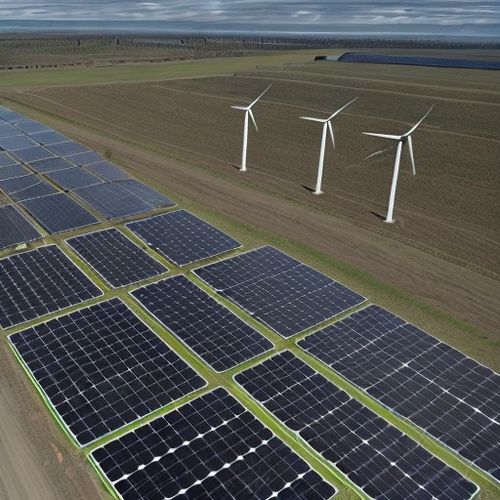
By Megan Clark/Apr 19, 2025

By Thomas Roberts/Apr 19, 2025
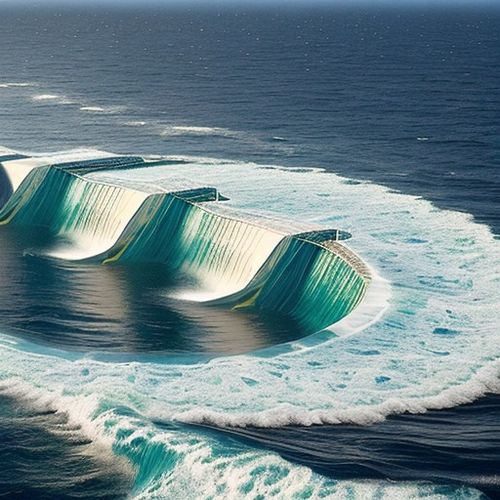
By Thomas Roberts/Apr 19, 2025

By Emily Johnson/Apr 19, 2025

By Samuel Cooper/Apr 19, 2025

By Samuel Cooper/Apr 19, 2025

By George Bailey/Apr 19, 2025

By Joshua Howard/Apr 19, 2025

By William Miller/Apr 19, 2025

By Emily Johnson/Apr 19, 2025

By William Miller/Apr 19, 2025

By James Moore/Apr 19, 2025
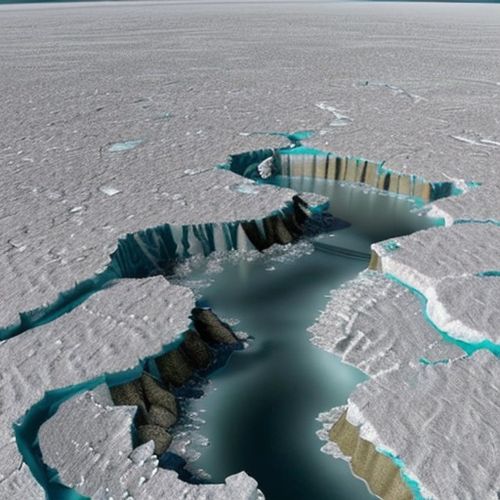
By Joshua Howard/Apr 19, 2025

By William Miller/Apr 19, 2025
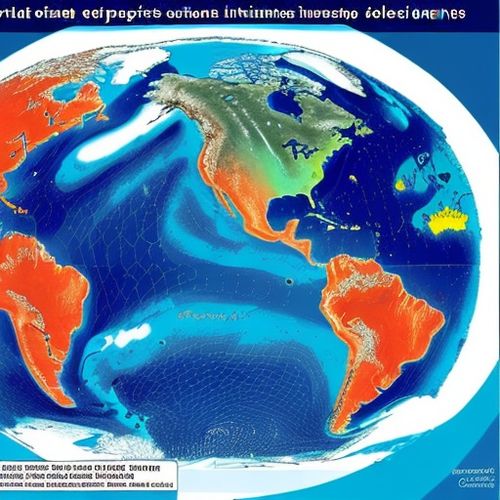
By James Moore/Apr 19, 2025

By Elizabeth Taylor/Apr 19, 2025
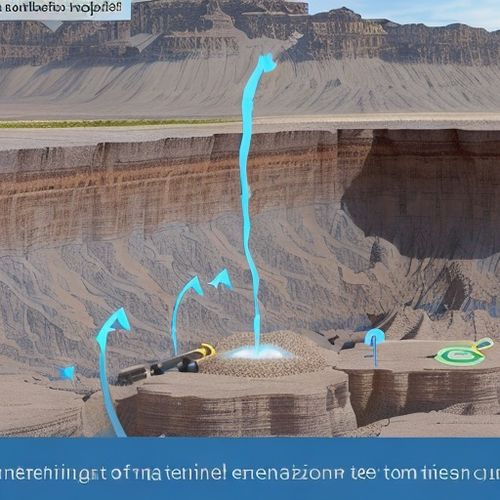
By Grace Cox/Apr 19, 2025
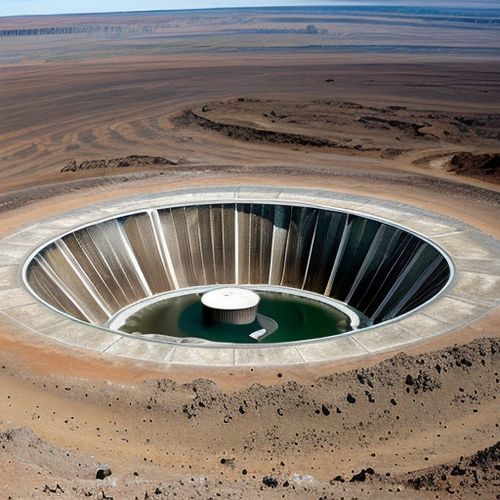
By Grace Cox/Apr 19, 2025
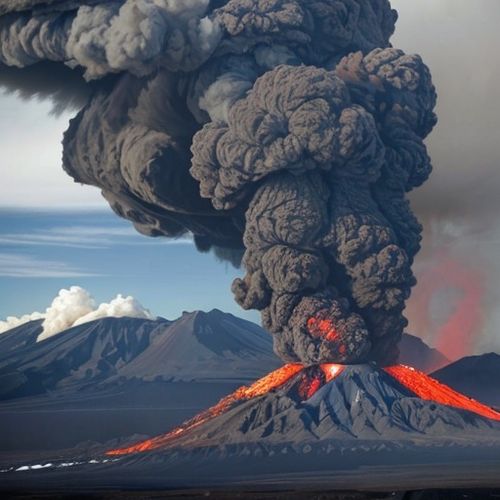
By Joshua Howard/Apr 19, 2025

By David Anderson/Apr 19, 2025